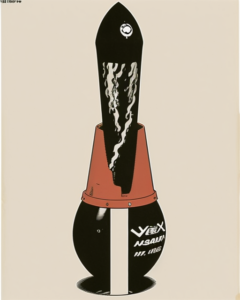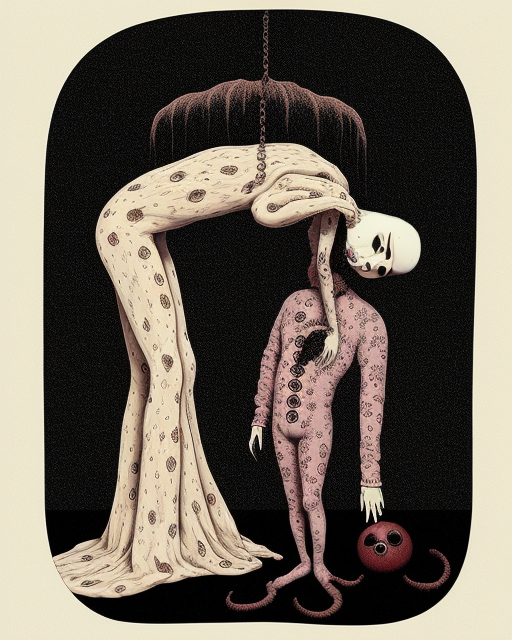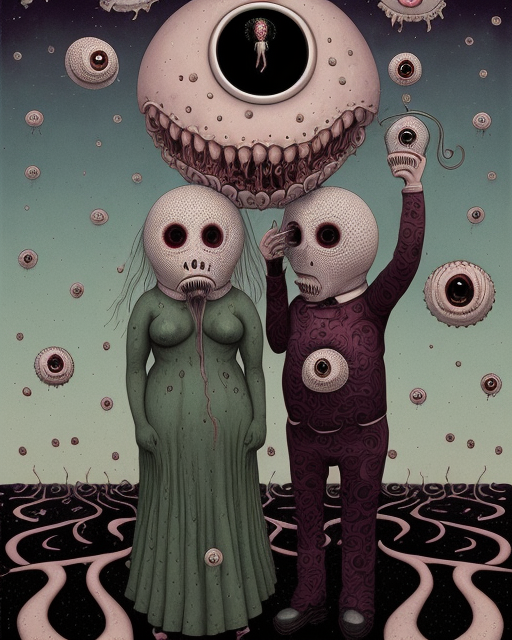Man, the American Dream’s gone nova, folded in on itself like a malfunctioning piece of government surplus. We ain’t a nation, we’re a company town, a sprawling, neon-lit megalopolis called War Inc. Stars and stripes just another corporate logo, the bald eagle a mascot airbrushed on a goddamn bomber
America. Land of the free, home of the brave. Bullshit. We’re all cogs in a rusted-out machine, a monstrous corporation bigger than Texas, spewing steel and paranoia. The Military Industrial Complex, Inc. – that’s the real bossman. Pentagram on the dollar bill, war the product on the shelf. Politicians? Bought and sold like yesterday’s news. Media? Propaganda arm, pumping fear and righteous fury like a junkie jonesing for a fix.
The whole damn country’s wired into the War Inc. mainframe, veins pumping not blood but black oil and napalm. Schools churning out cannon fodder, factories belching out chrome nightmares – tanks lurching off assembly lines like steel cockroaches, fighter jets screaming a symphony of destruction.
School’s a recruitment center, halls echoing with the ghosts of drill sergeants. Textbooks filled with sanitized history, erasing the blood and screams behind Manifest Destiny and desert crusades. Teachers, tired and twitchy, pushing kids towards enlistment, another cog in the meat grinder. Parents, eyes glazed with flickering TV screens, cheer for the latest drone strike, unaware they’re cheering for their own sons’ futures as cannon fodder.
Factories belch smoke and chrome, churning out death toys, billion-dollar gadgets designed to vaporize some brown kid a continent away. Assembly lines staffed by robots and hollow-eyed workers, their dreams replaced by quotas and the promise of a shitty suburban ranch house. Every politician a salesman, hawking “defense spending” like a snake-oil elixir, their pockets lined with invisible kickbacks.
The streets crawl with veterans, hollowed-out shells haunted by desert PTSD and the ghosts of villages they burned. Discarded tools, their minds fractured by the psychic shrapnel of war. The promised land? A cardboard box under a freeway overpass, a bottle of cheap whiskey their only solace.
And the news? A carnival of lies, a kaleidoscope of terror flickering in living rooms across the nation. Terrorists, rogue states, imminent threats – all smoke and mirrors to keep the fear stoked, the war machine churning. We’re all sleepwalking consumers, buying into the illusion of safety while the real product – war – rolls out on a conveyor belt of blood and profit.
Politicians? Talking heads spouting chrome-plated lies, bought and sold by the pound. Newsfeeds a flickering hallucination, wars a looped snuff film playing on a million screens. Kids raised on a steady diet of MREs and drone strikes, their nightmares filled with the rhythmic thrum of distant choppers.
The whole damn country’s a company town, one giant assembly line for mechanized carnage. Factories belch out tanks like monstrous chrome cockroaches, the air thick with the stench of cordite and burnt metal. Politicians, bought and paid for by the war machine, are just glorified middle-management, lining their pockets with taxpayer blood money.
The suits in the ivory towers, pale and bloodless, counting their stacks of green while the boys overseas bleed red on foreign sand. Propaganda posters plastered on every surface, a lobotomized grin plastered on Uncle Sam’s face – “Support the War Effort!” it shrieks, a glitching mantra.
The air crackles with a sick electric hum, a psychic fever dream. We’re all just cogs in this rusted-out machine, sleepwalking through a permanent state of war. But somewhere, deep down in the static, a flicker of rebellion. A hoarse voice screaming into the void, a question echoing in the concrete canyons: “Who are we fighting for?”


